Sea Club-rush
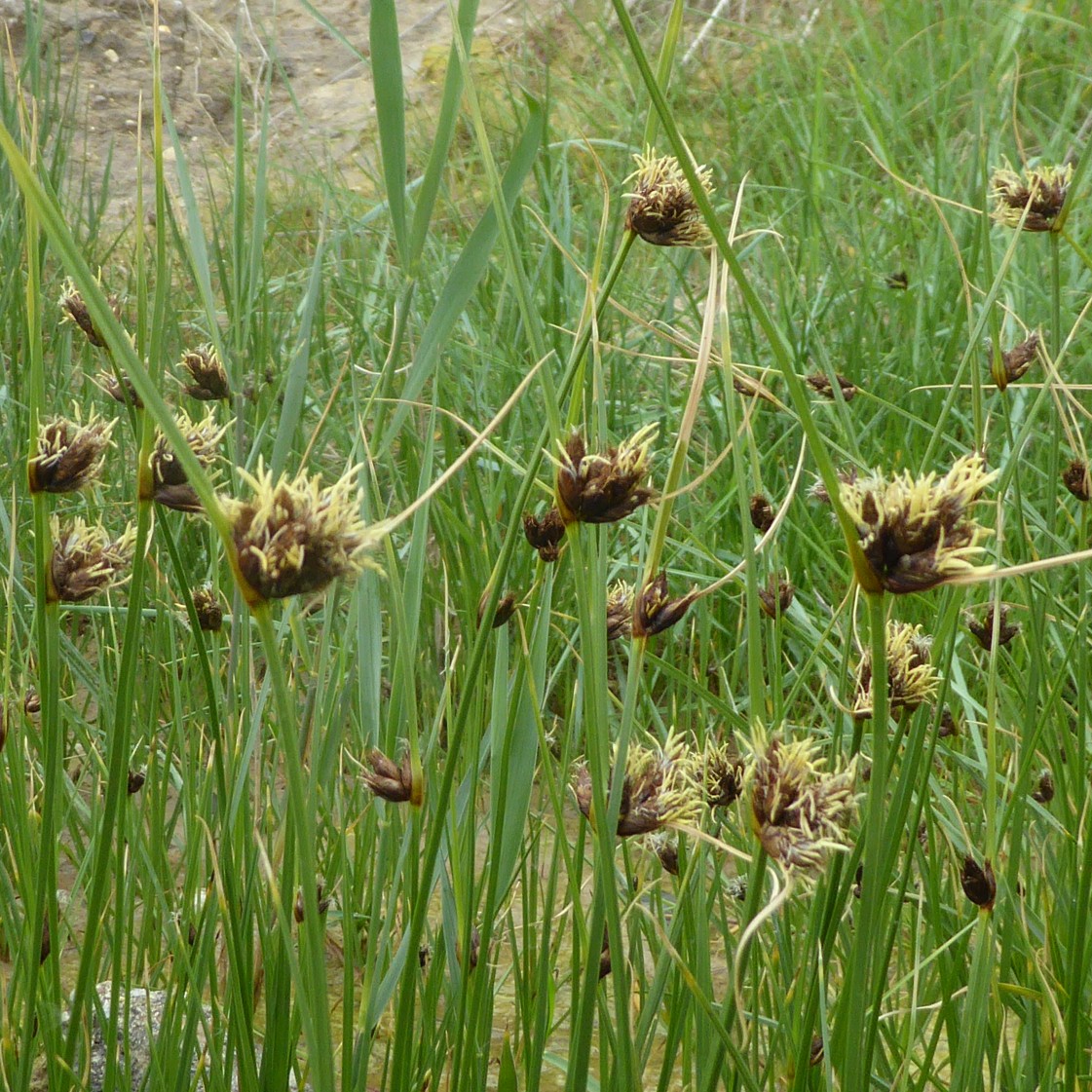
Suki Pryce spotted Bolboschoenus maritimus Sea Club-rush on the Overstrand sea front, growing with other interesting species such as Atriplex portulacoides Sea-purslane and Triglochin maritimum Sea Arrowgrass, none of which have

Suki Pryce spotted Bolboschoenus maritimus Sea Club-rush on the Overstrand sea front, growing with other interesting species such as Atriplex portulacoides Sea-purslane and Triglochin maritimum Sea Arrowgrass, none of which have
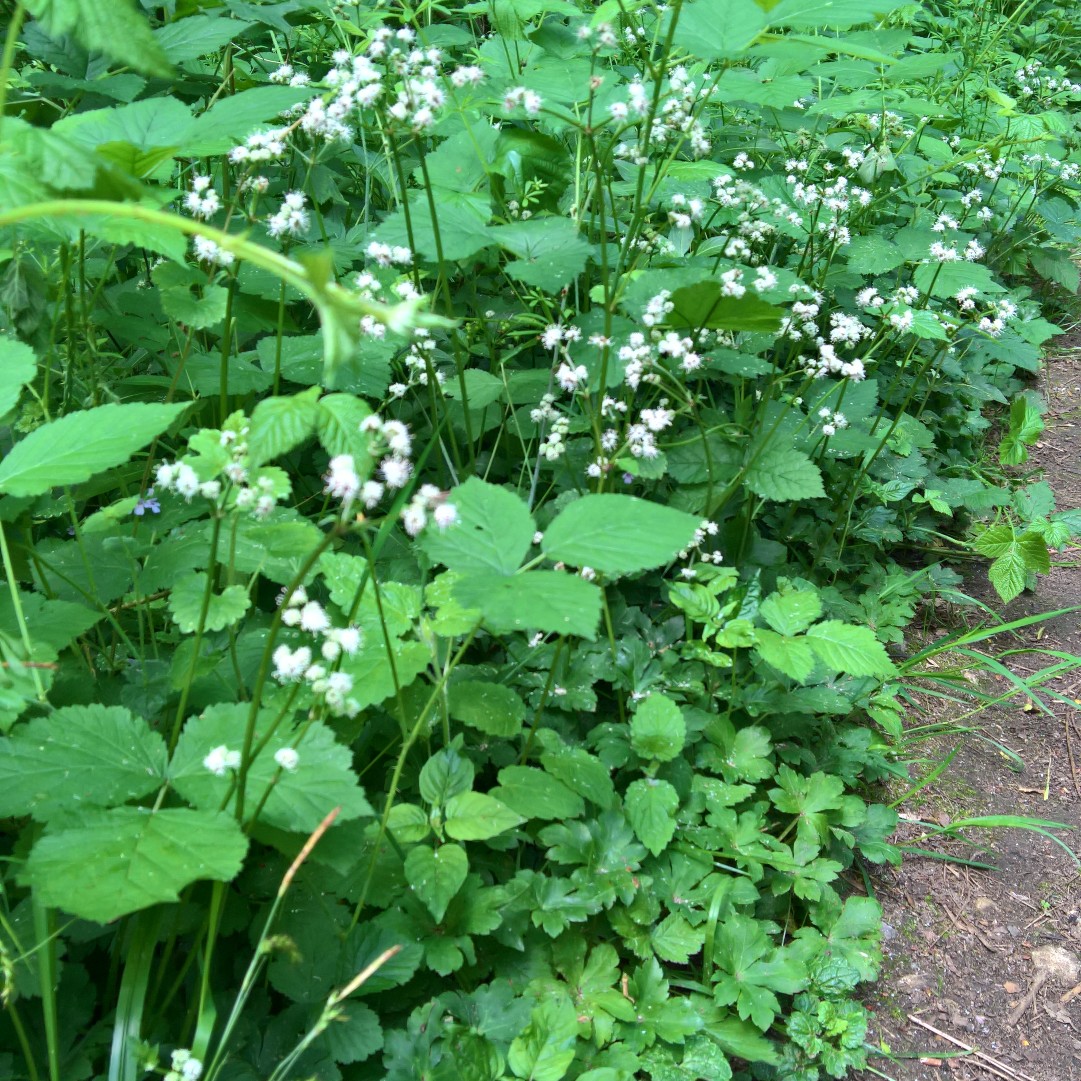
Sanicle in full flower at NWT’s Ashwellthorpe Wood Reserve for a well-attended joint meeting with Norfolk and Norwich Naturalist’s Society.
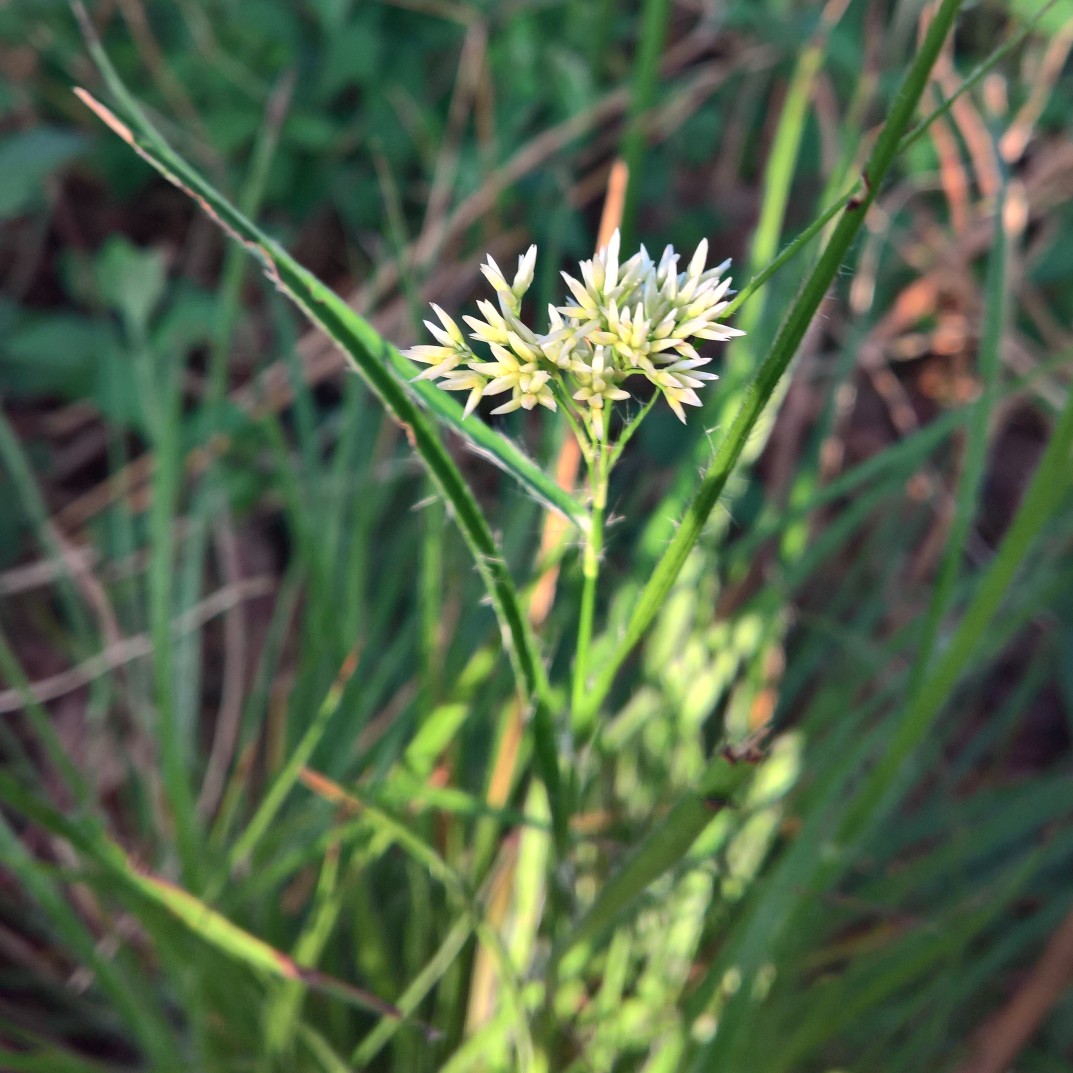
During our spring flora group survey of Broadland Country Park, we spotted a tuft of hairy woodrush leaves, which we were unable to identify vegetatively.
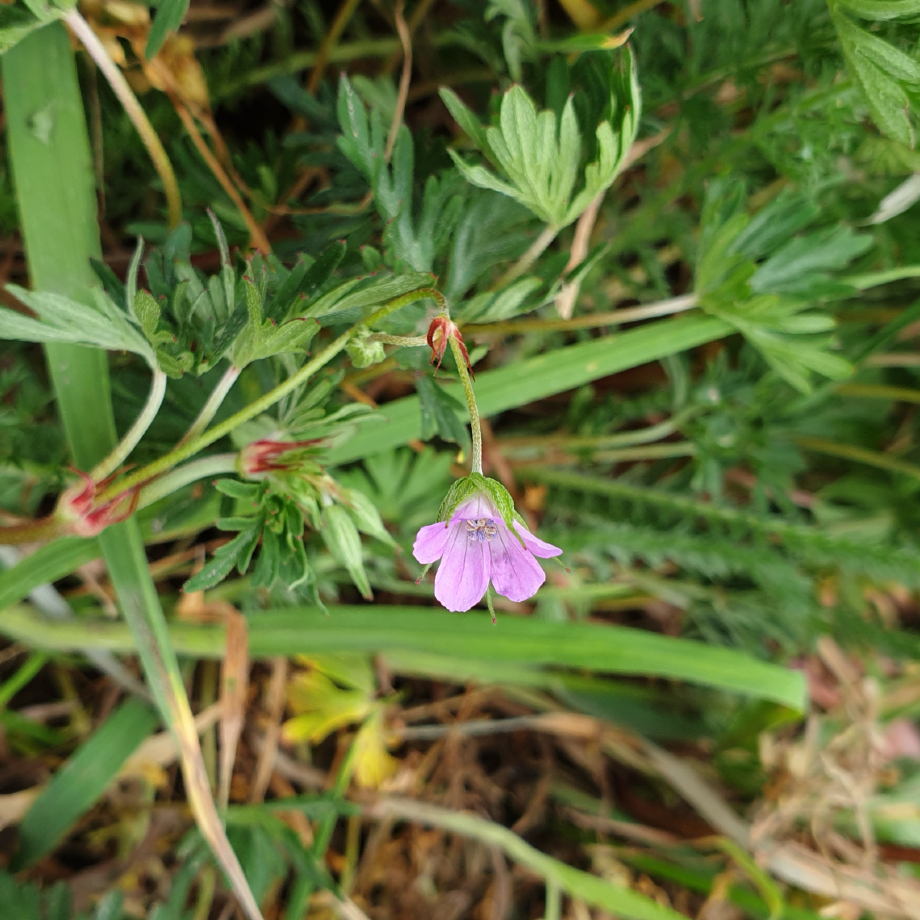
We were surprised to find Long-stalked Crane's-bill growing on a grassy roadside bank near Worstead. We found a good number of plants along a stretch of about 2m, growing with Soft Brome Bromus hordeaceus and Yellow Toadflax Linaria vulgare.
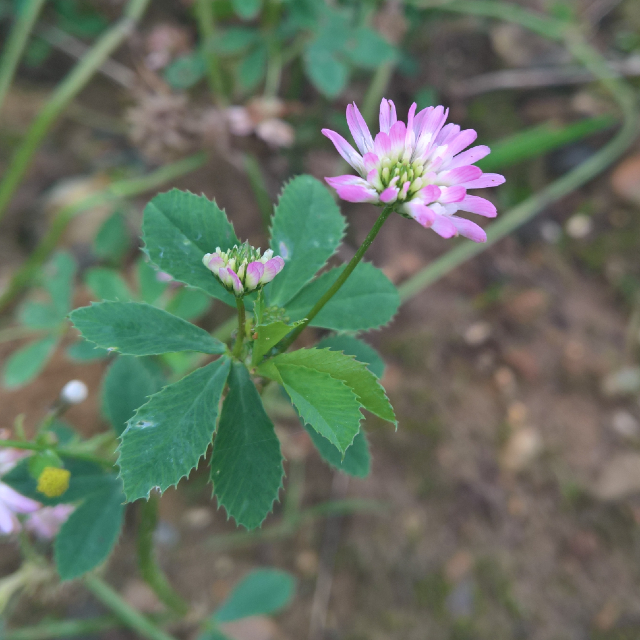
We found this pretty pink clover in a recently constructed balancing pond at Little Snoring, in North Norfolk. The site has likely been sown with a ‘wildflower seed mix’ as other species present included cornfield annuals such as corncockle, the non-nativ
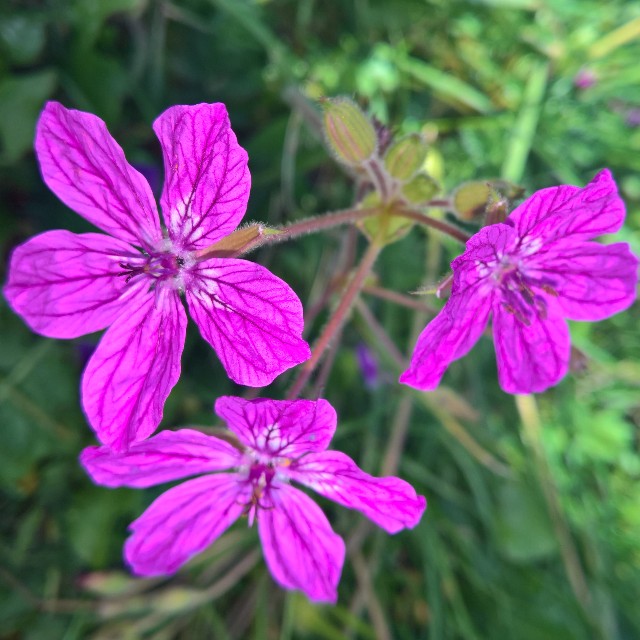
Another 1st for Norfolk found in Swaffham yesterday: Erodium manescavii, on a mown grass verge. It can be separated from E. moschatum by the lack of nectar pits and the larger flowers, but there was lots of flowering and non-flowering E.
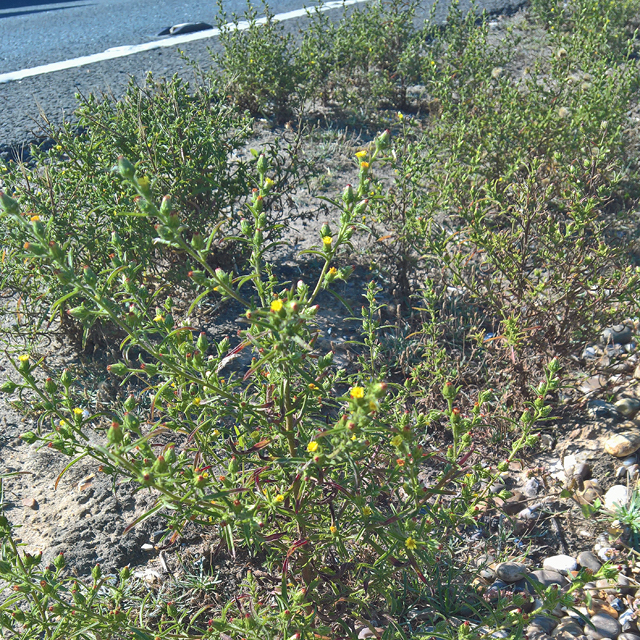
While cycling to Whitlingham to see the recently discovered Ragweed (Ambrosia artemisiifolia), Louis Parkerson spotted a clump of plants with yellow flowers beside the A47, and stopped to take some photos as they looked very similar to a patch of plants that
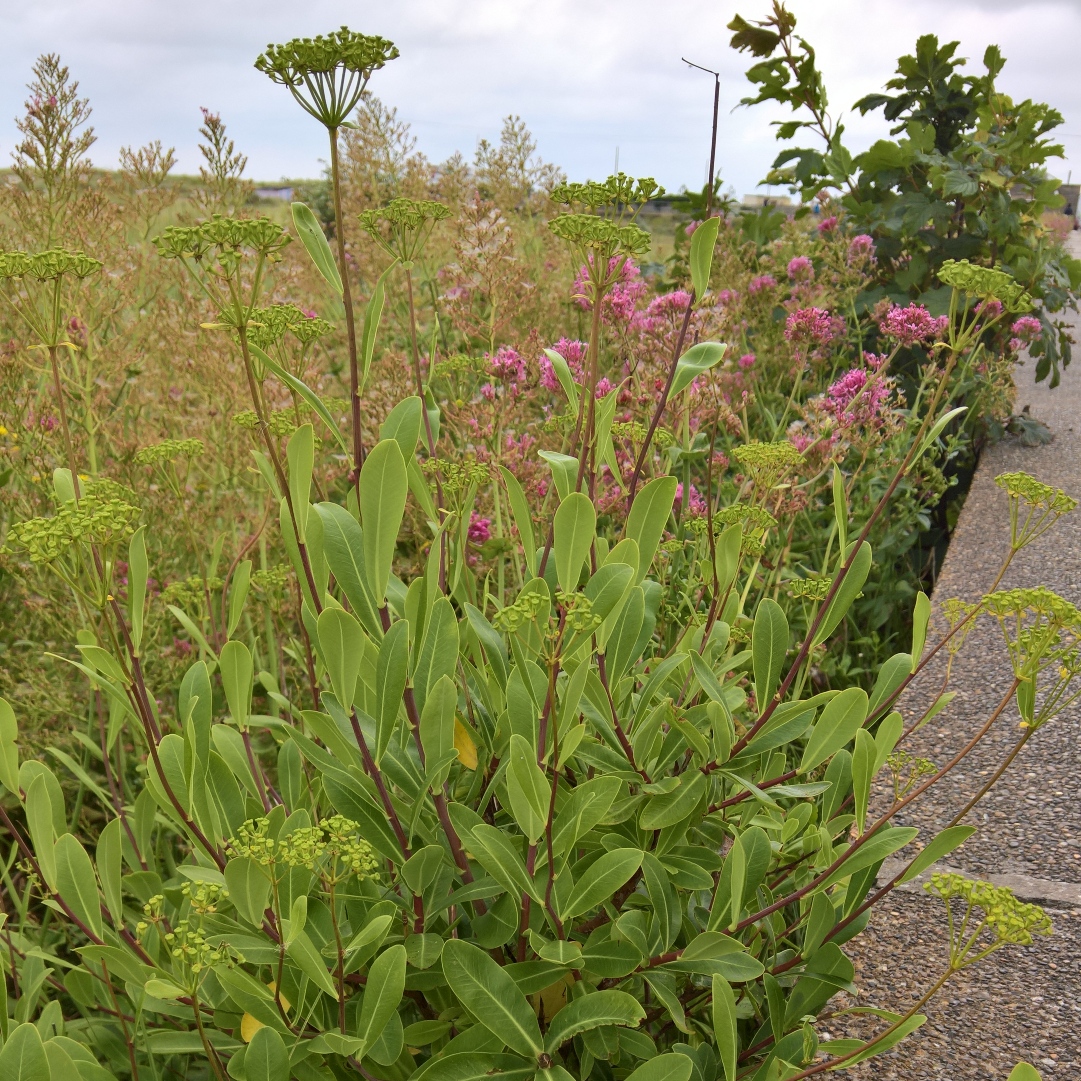
Shrubby Hare's-ear Bupleurum fruticosum found naturalised on the North Denes in Gt Yarmouth by Tim Hodge. This is the first record for VC27 and the first for Norfolk.
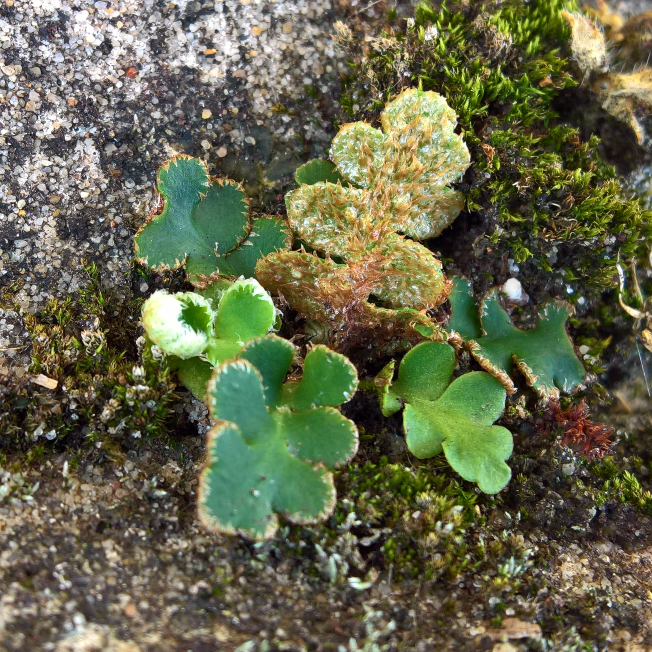
Rustyback Ceterach officinarum seems to be having a good year along the sea front in Gt Yarmouth, with more than 50 plants found on the sea wall.
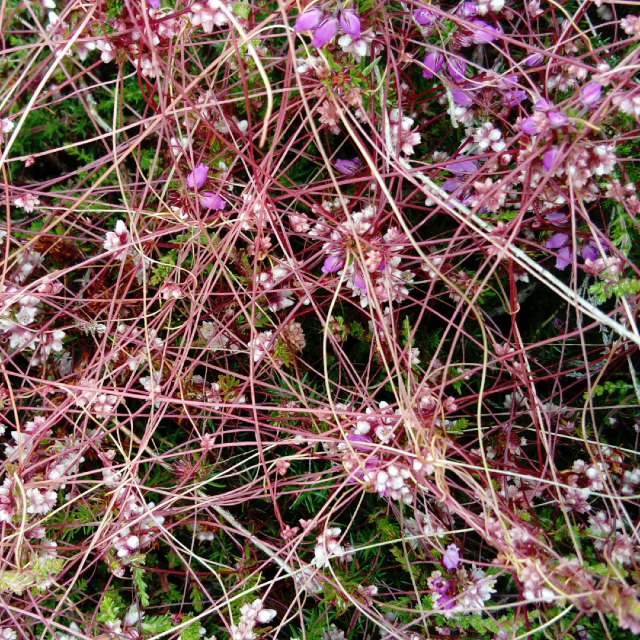
The batologists found a mass of twinning red stems climbing over the mature Gorse Ulex europaea, belonging to the parasitic plant Dodder Cuscuta epithymum.